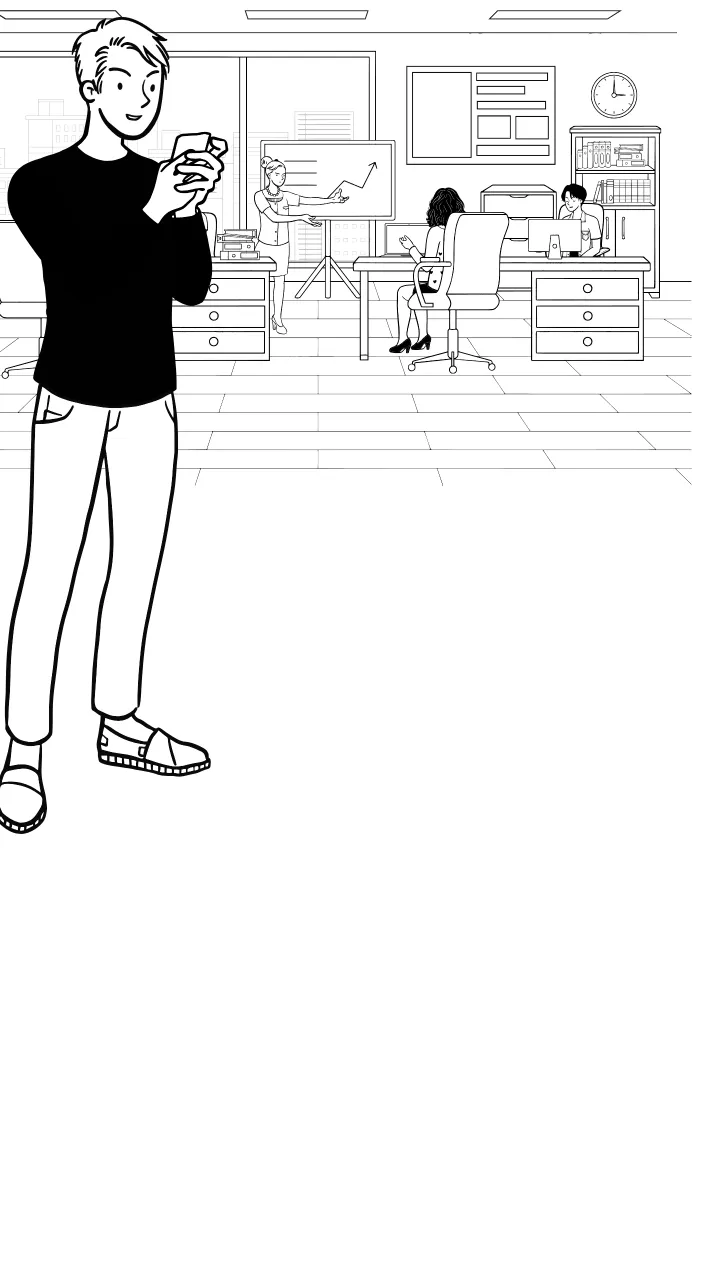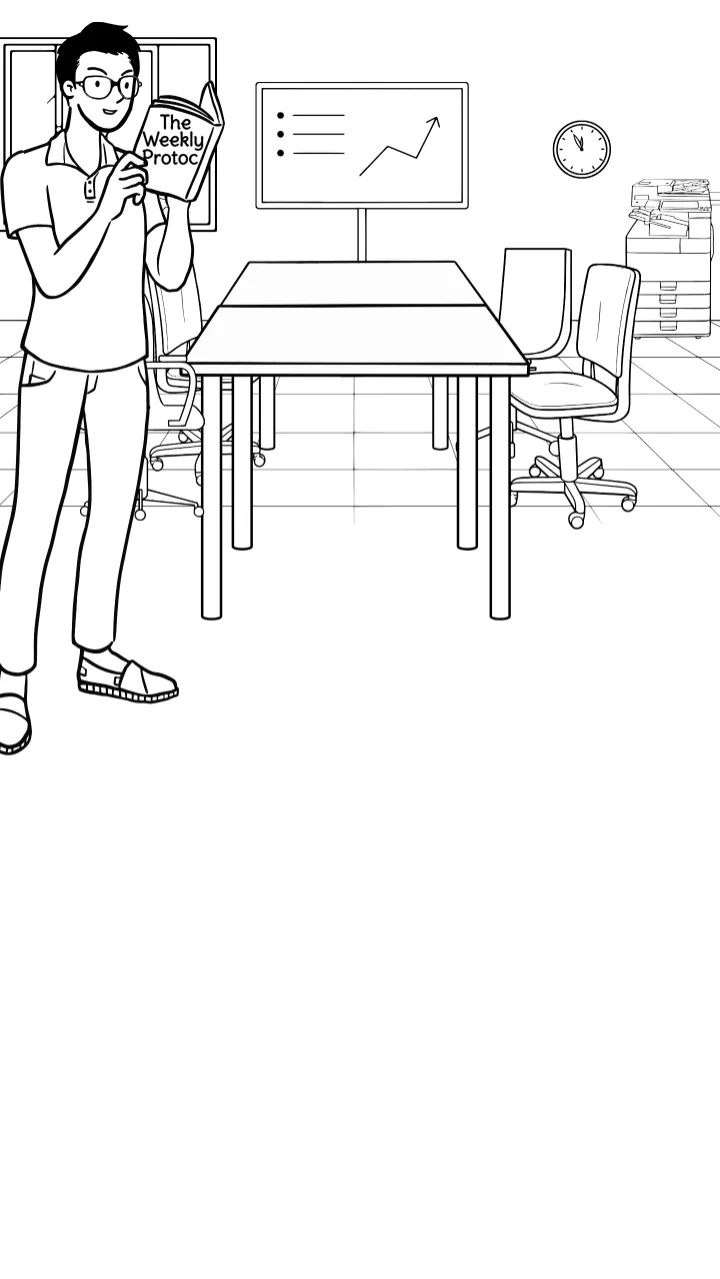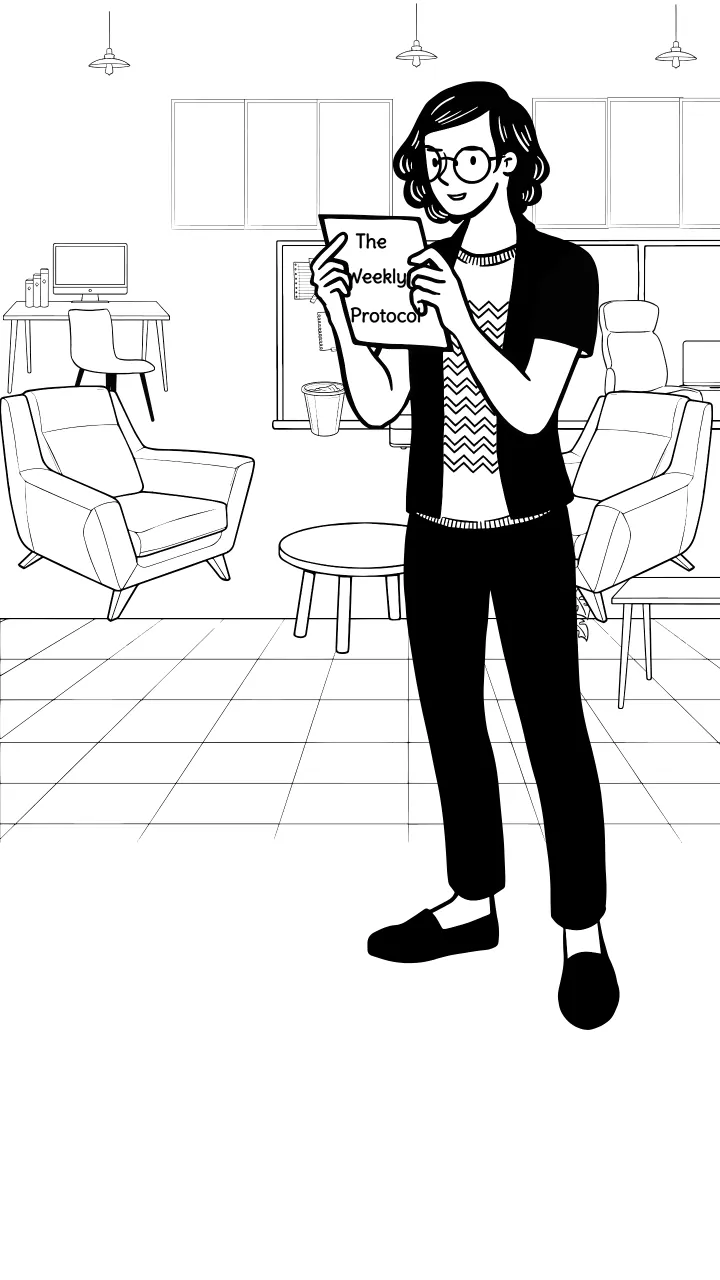Build Unbreakable Focus
Focus & Attention
Evidence-led ways to protect deep work and train sustained concentration

How Attention Really Works
Attention is limited—like a muscle that can be trained but also fatigued. Context switches tax working memory, while sustained focus builds cognitive endurance. The key is protecting your attention like the precious resource it is.
Start Here: 4-Step Focus Protocol
A simple, testable approach you can implement today. Each step builds on the last to create an environment for sustained concentration.
Block 25 Minutes
Choose one specific task and commit to 25 minutes of focused work—no exceptions, no checking.
Silence Notifications
Turn off all notifications, put phone in another room, close unnecessary browser tabs and apps.
One Tab Only
Work with just one browser tab or application open. If you need to reference something, write it down first.
Take a Real Break
After 25 minutes, take a 5-minute break away from screens. Walk, stretch, or practice breathing.
Focus Tools
Zero-friction timers and techniques designed to protect and enhance your attention. No sign-up required—click and start focusing.
Pomodoro Timer
Tool
25-minute focused work sessions with built-in break reminders for sustained productivity.
Deep Work Timer
Tool
Extended focus sessions (60-90 minutes) with ambient sounds to maintain flow states.
Box Breathing Timer
Tool
4-count breathing technique for instant calm and focus before important tasks.
What Studies Tell Us
Key findings that inform our focus and attention practices.
Csikszentmihalyi, 1990 · Psychology Research
Flow states occur when challenge matches skill level, leading to effortless concentration and peak performance.
Kaplan & Kaplan, 1989 · Environmental Psychology
Natural environments and soft fascination help restore directed attention capacity after mental fatigue.
Mark et al., 2008 · CHI Conference
It takes an average of 23 minutes to fully refocus after an interruption, with task-switching costs accumulating throughout the day.
Know Your Focus Profile
Evidence-based assessments to understand your attention patterns, strengths, and areas for improvement.
Focus Assessment
Assessment
Evaluate your current attention span, distraction patterns, and focus strengths with our evidence-based assessment.
Attention Span Evaluation
Coming Soon
Coming soon: Measure your sustained attention capacity and identify optimal work session lengths.
Distraction Patterns Analysis
Coming Soon
Coming soon: Identify your unique distraction triggers and peak focus times.
Practical Playbooks
In-depth guides and research-backed strategies for building unbreakable focus and sustained attention.
Mindfulness Sharpens Focus: Evidence from 111 Studies
Research
Large meta-analysis shows mindfulness can measurably improve focus, memory accuracy, and mental flexibility.
Real Rest vs. Fake Breaks: The Science of Recovery
Guide
Learn the science behind true rest, Attention Restoration Theory, and a 10-minute micro-rest protocol.
Task Batching: Focus Better and Get More Done
Practical
How grouping similar tasks together improves focus and reduces the cognitive cost of context switching.
Frequently Asked Questions
How long should I practice focused work sessions?
What's the difference between focused attention and flow state?
How do I deal with internal distractions (racing thoughts)?
Is it normal for my mind to wander during focused work?
How can I maintain focus when working from home?
Related Pillars
Focus & Attention works synergistically with other areas of mindful productivity.
Get Weekly Focus Protocols
Every Tuesday, receive one research-backed protocol for building stronger attention and deeper focus—with exact steps to try today.


